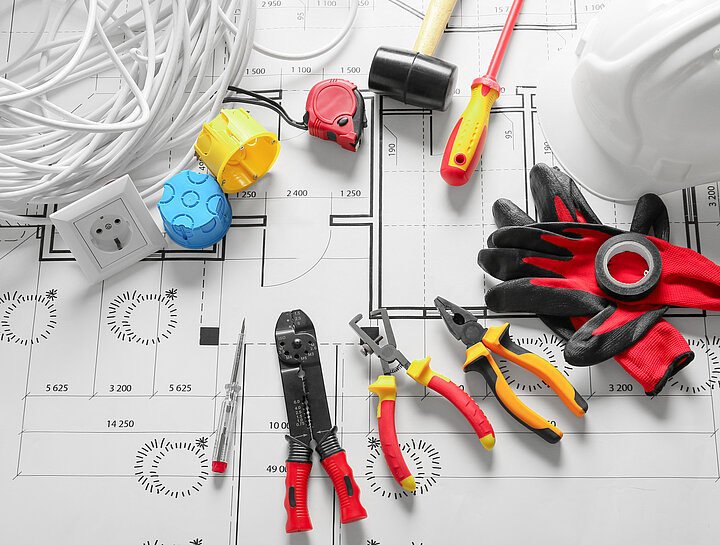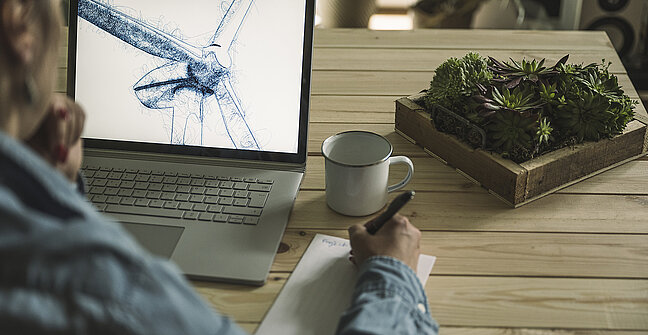
Utilities
In most cases you have to register your utilities with external service providers because the utility costs are not included in the rent. In this chapter we give a brief overview of energy, water and telecommunication and television registration options.
Registering electricity and gas
In the unlikely event that electricity and gas are included in your rent, you won’t have to worry about this. But typically, each tenant is responsible for choosing an energy service provider company. Even though each building is serviced by one electric and gas source, there are competitive providers.
In many apartments in Vienna you will find gas heating and cooking appliances.
If energy is already available in the new apartment and it is from the same energy supplier, you can register at the same time as you cancel. If energy is not yet available in the new apartment, a date must be arranged for the energy to be switched on in the new apartment.
The tenant or owner must be personally present or have given (written) authorization to another person to be present on the date when the energy is switched on for the first time.Official photographic IDphotographic ID () must be shown. A fee is to be paid when the energy is switched on for the first time.
If no meter is available, a completion notice must be produced by an electrician (for electricity) or a gas fitter (for gas), which must be submitted to the energy supplier either by that technician or by the tenant or owner.

Further Information on Electricity & Gas
It is possible to switch suppliers. The tariffs offered by the various suppliers may differ greatly. You can compare prices using E-Control's tariff calculator.
To search for alternative energy providers you can use online services such as durchblicker.at to request competitive bids.
You can find a good overview of the energy supply in Austria here.
Water in Austria
Austria is one of the most water-rich countries in Europe and is characterized by the high quality of drinking water throughout the country. We would like to provide you with a few facts and figures worth knowing about water in Austria.
Facts & Figures
-
Almost 100% of the Austrian drinking water comes from ground and spring water. About one-half of this amount is provided by groundwater. The valuable water resources are well protected by the Austrian Water Rights Act.
- In Austria, approximately 90% of the population, i.e. 8 million inhabitants, are supplied by central water supply facilities; the total length of the pipeline network used is around 78,500 km.
- Some 5,500 water supply companies (municipal facilities, district water boards, cooperatives) supply the population with high-quality drinking water that complies with strict legal requirements.
- Some 22% is used for showering and bathing and 25% for the toilet flush. In contrast, a mere 3% is used for drinking and cooking!
- About one third of the water used in Austria goes to households. Almost two thirds are used in industry. Approximately 5% are used by agriculture.
Further Information on water
Here you can find more information on water management in Austria Facts and figures.
More information on Water consumption in Austria.

